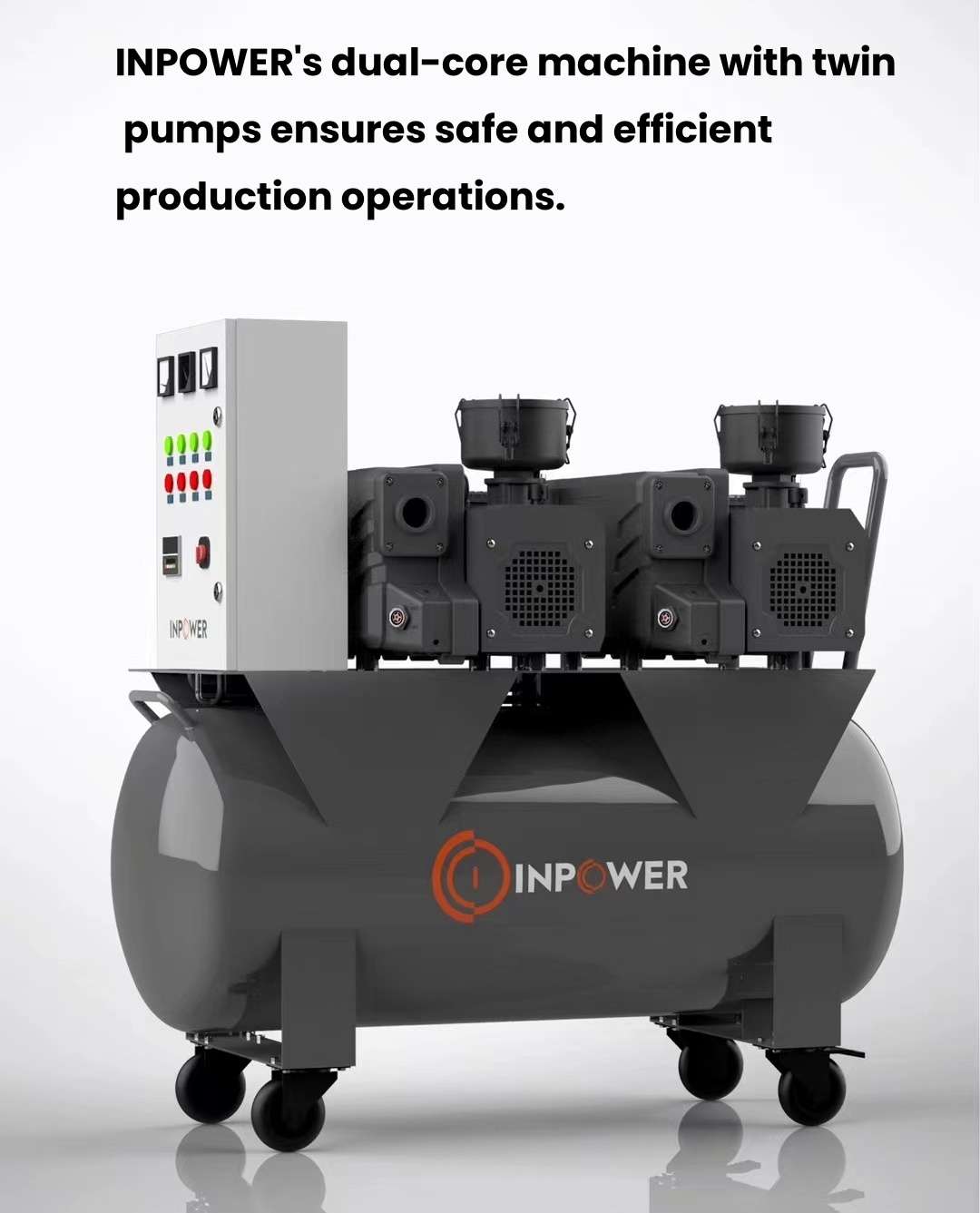Table of Contents
- Introduction
- What are Vacuum Pumps?
- Types of Vacuum Pumps Used in the Oil and Gas Sector
- Application of Vacuum Pumps in Oil and Gas Extraction
- Benefits of Using Vacuum Pumps in Energy Extraction
- Challenges and Considerations
- Conclusion
Introduction
Energy extraction: Vacuum pumps in the oil and gas sector play a pivotal role in optimizing the efficiency and effectiveness of extracting valuable resources. The oil and gas industry relies heavily on advanced technology to maximize output, and vacuum pumps are central to this effort. Understanding their function and application can provide insights into how the sector continues to evolve and meet the growing global energy demand.
What are Vacuum Pumps?
Vacuum pumps are devices that remove gas molecules from a sealed volume to create a partial vacuum. They are essential in various industrial applications, including the oil and gas sector. The primary purpose of vacuum pumps in the oil and gas industry is to enhance the extraction process by reducing the pressure in the extraction area, facilitating a more efficient flow of crude oil or natural gas.
Types of Vacuum Pumps Used in the Oil and Gas Sector
There are several types of vacuum pumps used in the oil and gas sector, each with distinct features and applications. The two main categories are positive displacement pumps and dynamic pumps.
Positive Displacement Pumps
Positive displacement pumps operate by trapping a fixed volume of gas and moving it through the pump. These pumps are known for their consistent performance and are commonly used in various stages of oil and gas production.
- Rotary Vane Pumps: These pumps utilize rotating vanes that move within a cavity to create a vacuum. They are favored for their ability to handle large volumes of gas and maintain a stable vacuum level.
- Diaphragm Pumps: Diaphragm pumps use a flexible diaphragm to move gas, creating a vacuum. They are ideal for handling corrosive gases and are often used in specialized applications.
Dynamic Pumps
Dynamic pumps, also known as velocity pumps, create a vacuum by imparting kinetic energy to the gas molecules. These pumps are typically used in applications requiring high flow rates.
- Turbomolecular Pumps: These pumps use rapidly spinning blades to accelerate gas molecules, creating a vacuum. They are highly efficient and used in high-vacuum applications.
- Diffusion Pumps: Diffusion pumps rely on the diffusion of gas molecules through a jet of oil vapor. They are capable of achieving very low pressures and are used in settings where a high vacuum is required.
Application of Vacuum Pumps in Oil and Gas Extraction
Vacuum pumps are used in various stages of oil and gas extraction, from drilling to refining. Their primary applications include:
- Enhanced Oil Recovery (EOR): Vacuum pumps are used to reduce the pressure in oil wells, making it easier to extract crude oil from the reservoir. This method, known as low-pressure steam flooding, helps in maximizing the recovery of oil.
- Gas Flare Recovery: In natural gas production, vacuum pumps are used to capture and compress flare gases. These gases are then processed and reintegrated into the production cycle, reducing waste and improving efficiency.
- Dehydration and Degassing: During the refining process, vacuum pumps are used to remove water and unwanted gases from crude oil, ensuring that the final product meets quality standards.
Benefits of Using Vacuum Pumps in Energy Extraction
There are numerous benefits to using vacuum pumps in energy extraction, including:
- Improved Efficiency: Vacuum pumps help in reducing the pressure in the extraction area, leading to a more efficient flow of oil and gas.
- Enhanced Recovery Rates: By maintaining optimal pressure conditions, vacuum pumps can increase the amount of extractable oil and gas from a reservoir.
- Environmental Benefits: Vacuum pumps assist in capturing and processing flare gases, reducing the environmental impact of gas flaring.
- Cost Savings: By improving the efficiency of the extraction process, vacuum pumps can lead to significant cost savings over time.
Challenges and Considerations
While vacuum pumps offer numerous benefits, there are also challenges and considerations to keep in mind:
- Maintenance: Regular maintenance is crucial to ensure the optimal performance of vacuum pumps. This includes checking for wear and tear, replacing parts, and ensuring that the pump is operating within its specified parameters.
- Energy Consumption: Vacuum pumps can consume a significant amount of energy, especially in large-scale operations. It is essential to balance the energy costs with the benefits of improved extraction efficiency.
- Selection: Choosing the right type of vacuum pump for a specific application requires careful consideration of factors such as the type of gas being handled, the required vacuum level, and the operating conditions.
Conclusion
In summary, energy extraction: Vacuum pumps in the oil and gas sector are vital in enhancing the efficiency and effectiveness of the extraction process. Their various applications, from enhanced oil recovery to gas flare recovery, highlight their importance in the industry. While there are challenges to consider, the benefits of using vacuum pumps in energy extraction are significant, contributing to improved recovery rates, cost savings, and environmental benefits.

0 Comments